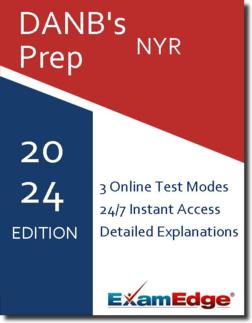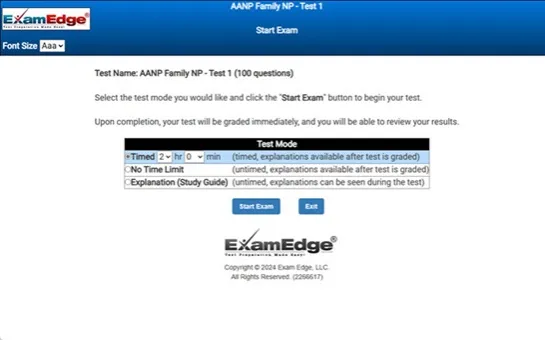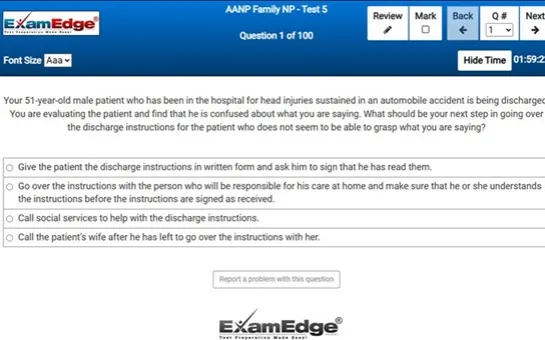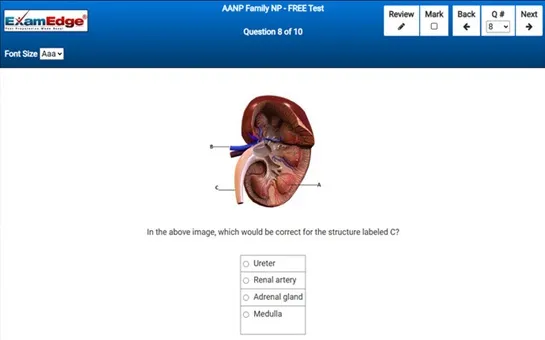DANB's NYR (NYR) Practice Tests & Test Prep by Exam Edge - Exam Info
** Sample images, content may not apply to your exam **
The more you know about the DANB's NYR exam the better prepared you will be! Our practice tests are designed to help you master both the subject matter and the art of test-taking to be sure you are fully prepared for your exam.
Here are a few things to think about:
- What is the DANB's NYR certification exam?
- Who is Responsible for the DANB exam?
- Am I eligibility for the DANB's NYR Exam?
- What is the best way to ensure your succes on the first try?
- The benefits of using Exam Edge to pass your DANB's NYR exam.
Not ready to purchase our complete practice tests yet? Start with a DANB's New York Radiology FREE Practice Test first!
DANB's New York Radiology - Additional Information
At ExamEdge.com, we focus on making our clients' career dreams come true by offering world-class practice tests designed to cover the same topics and content areas tested on the actual Dental Assisting National Board DANB's New York Radiology (NYR) Certification Exam. Our comprehensive DANB's New York Radiology practice tests are designed to mimic the actual exam. You will gain an understanding of the types of questions and information you will encounter when you take your Dental Assisting National Board DANB's New York Radiology Certification Exam. Our DANB's New York Radiology Practice Tests allow you to review your answers and identify areas of improvement so you will be fully prepared for the upcoming exam and walk out of the test feeling confident in your results.
Because our practice tests are web-based, there is no software to install and no need to wait for a shipment to arrive to start studying. Your DANB's New York Radiology practice tests are available to you anytime from anywhere on any device, allowing you to study when it works best for you. There are 15 practice tests available, each with 100 questions and detailed explanations to help you study. Every exam is designed to cover all of the aspects of the DANB's NYR exam, ensuring you have the knowledge you need to be successful!
DANB's New York Radiology - Additional Info Sample Questions
|
|






